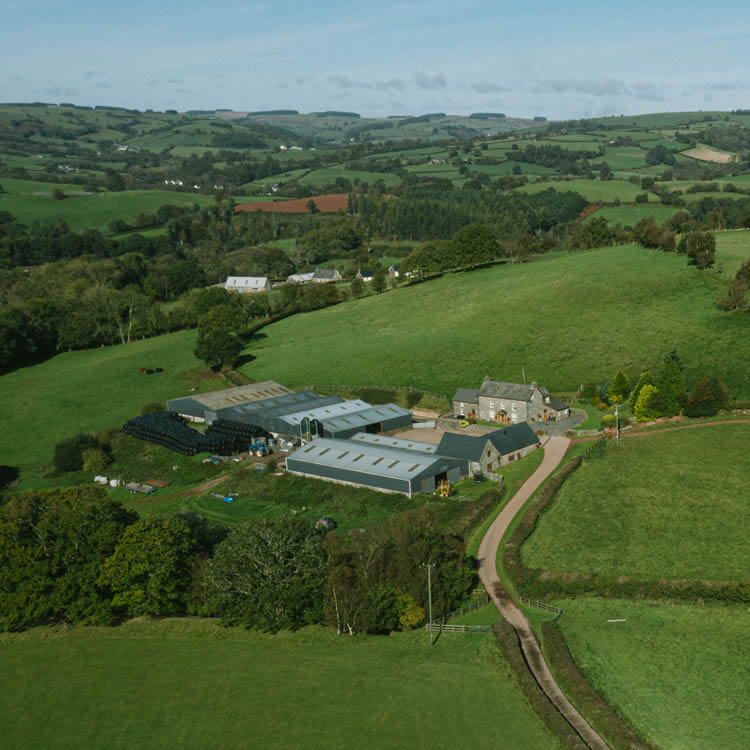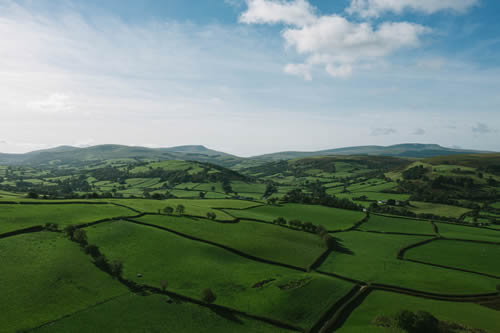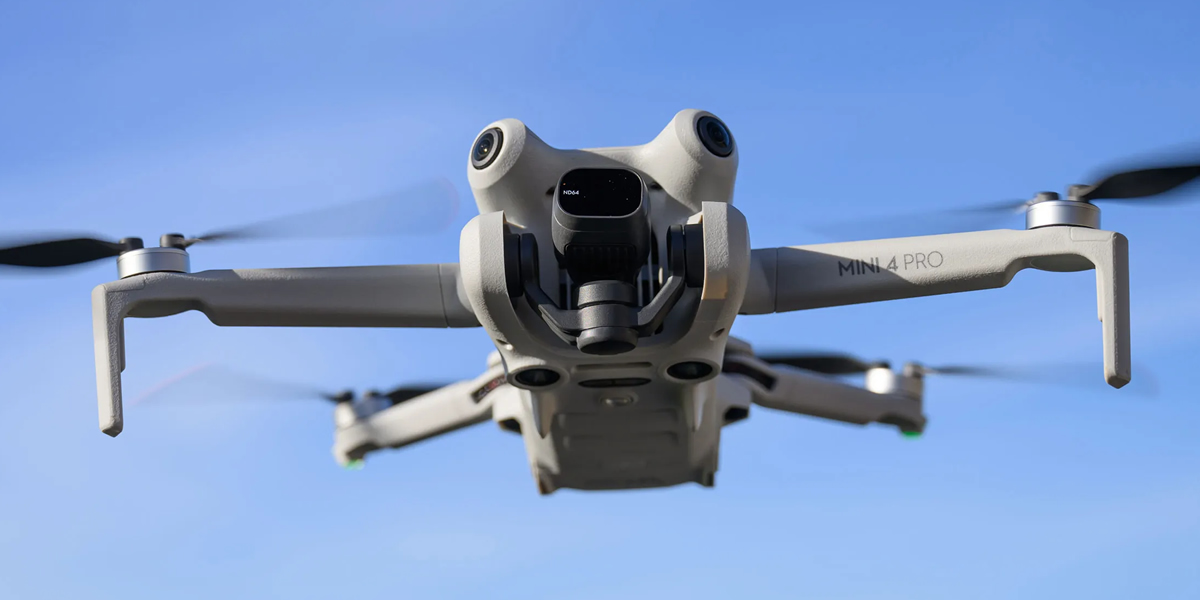Revolutionising Real Estate with Aerial Filming and Photography
In recent years, the real estate sector in the UK, particularly in regions like South Wales, has experienced a seismic shift, predominantly propelled by the integration of groundbreaking technologies. Among these, aerial filming and photography have emerged as pivotal tools, redefining the way properties are marketed and viewed. This chapter delves deep into the evolution and impact of aerial visuals in real estate, shedding light on how South Wales Video is at the forefront of this transformative movement, harnessing these technologies to elevate property presentations to new heights.
The journey of aerial visuals in real estate began with the advent of drone technology. Initially a niche hobby, drones quickly found their place in commercial applications, especially in innovative sectors like real estate. South Wales Video recognised the untapped potential of this technology early on, understanding how aerial perspectives could revolutionarily enhance property listings. Drones, when paired with high-resolution cameras, provide a vantage point that was once unattainable. They offer stunning aerial photographs and dynamic videos that present properties in their full glory, capturing everything from the intricacy of architectural details to the grandeur of the surrounding landscapes.
The integration of aerial filming and photography into property marketing brings forth a multitude of benefits. Primarily, it offers a comprehensive overview of a property. Aerial images and videos showcase the expanse of a property, the elegance of its design, and its relation to its surroundings in a way that ground-level photography simply cannot match. These visuals are not merely informative; they are captivating, engaging potential buyers by providing a holistic perspective of the property.

Navigating the Skies: Regulations and Best Practices for Aerial Filming and Photography
The advent of aerial filming and photography has brought about a revolution in various sectors, with real estate standing out as a primary beneficiary. However, harnessing the skies for commercial purposes comes with its own set of challenges and responsibilities. In the UK, particularly in picturesque regions like South Wales, adhering to regulations and observing best practices is not just about compliance, but also about respecting the community, preserving safety, and ensuring the highest quality of aerial visuals. This chapter offers a comprehensive guide on navigating the regulatory framework, obtaining necessary certifications, and adopting best practices in aerial filming and photography for real estate.

Mastering the Art of Aerial Photography and Videography in Real Estate
Elevating real estate listings with stunning aerial visuals is not just about operating a drone; it’s about mastering an art form. Aerial photography and videography require a keen eye for detail, an understanding of visual storytelling, and technical proficiency in drone operation and camera handling. In this chapter, we delve into the intricacies of capturing breathtaking aerial visuals that can transform ordinary property listings into compelling narratives, drawing potential buyers into the story of a property.

Effective Integration of Aerial Content in Marketing Strategies
In the competitive realm of real estate marketing, the integration of aerial content is not just an option; it’s a strategic necessity. Aerial photography and videography offer a unique perspective that ground-level imagery simply can’t match, providing potential buyers with a comprehensive and immersive view of a property. This chapter explores the strategic incorporation of aerial content into real estate marketing, highlighting how businesses like South Wales Video can leverage these visuals to captivate audiences, enhance listings, and ultimately, drive sales.
Enhancing Online Listings with Aerial Visuals
In the digital age, the first interaction a potential buyer has with a property is often through an online listing. Aerial images and videos can transform these listings from mere compilations of information into compelling visual experiences.

